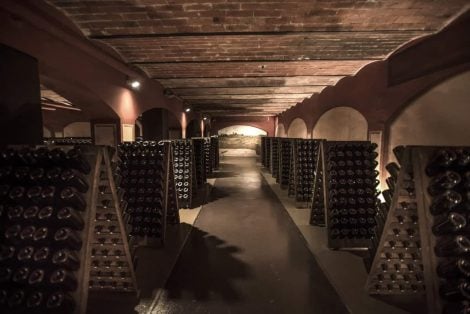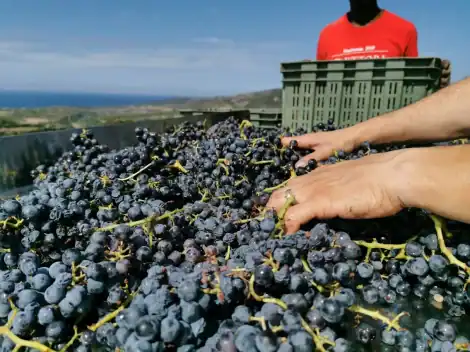Boulangeries and the French breakfast
Strolling through Parisian alleyways, it is impossible to resist the heady scent wafting from the boulangeries, the traditional French bakeries where you can find all the best of French confectionery production. However, the transalpine breakfast, as we know it today, hasn’t always existed. It dates back to the Renaissance period, when the custom of eating bread with butter and warm milk in the morning began to spread all over the country. A simple combination that could sustain workers throughout the day. Today a common wake-up call for most Westerners, it took a few decades for coffee to make its way into French homes, culminating in the birth of the term petit déjeuner in the 19th century, used to refer to breakfast as a full-fledged meal.
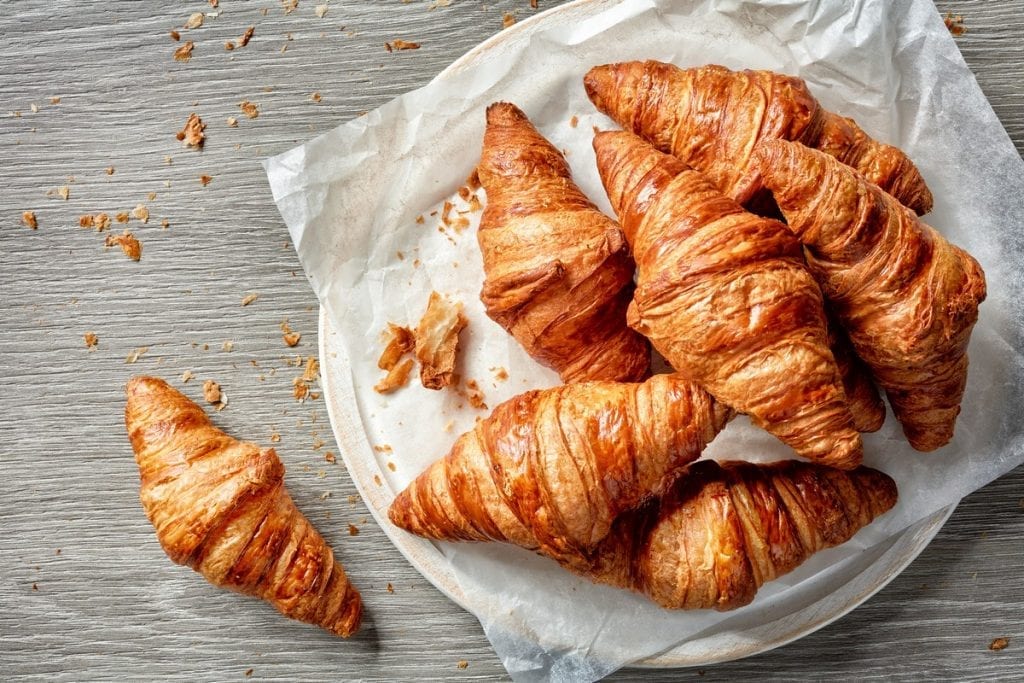
The first boulangerie in Paris
In particular, it seems that it was the confectioner Vandler who saved the city, by performing the heroic act. And it is to him that we owe the birth of one of the finest and most famous products of the French confectionery art: the croissant. A crescent-shaped pastry (the name literally means "crescent"), created to celebrate the feat of the Viennese bakers who alerted the troops (the crescent is indeed the symbol of the Turkish Empire). Born in Austria, the pastry soon became a French affair, thanks to August Zang who in 1839 founded at 92 rue Richelieu the first Boulangerie Viennoise in Paris. It was a small shop selling all the viennoiserie specialities, an artisan tradition of bakers’ confectionery closely linked to the baking world, different from pâtisserie, which includes cream desserts.
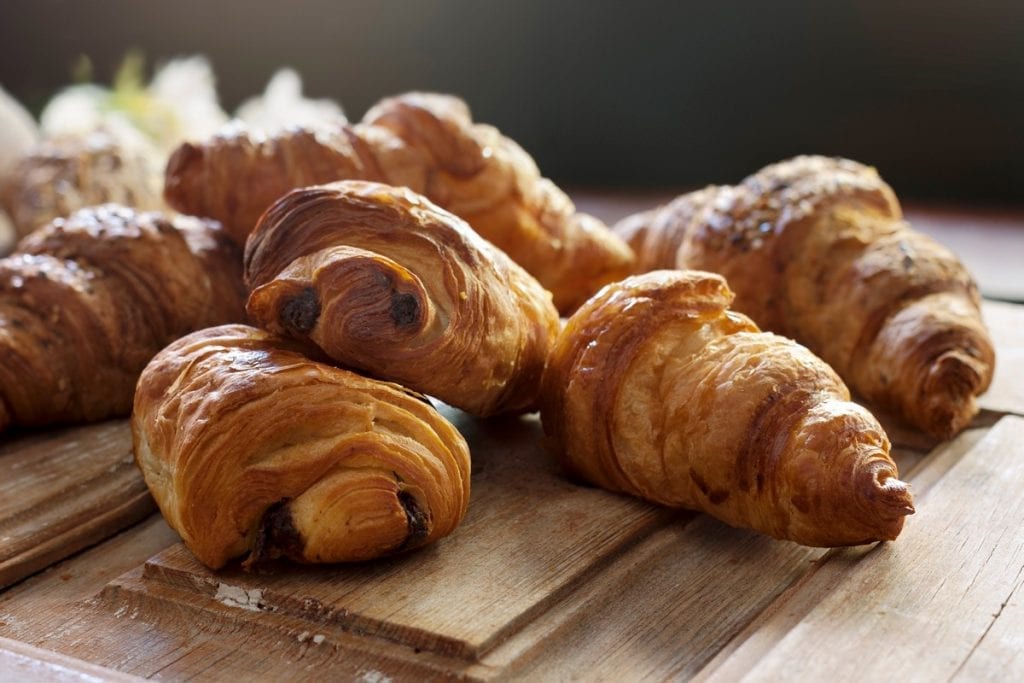
Viennoiserie: croissants, pain au chocolat and others
Among the many delicacies in the shop, the kipferl, a yeast-leavened dough filled with walnuts, is considered by many culinary historians to be the true ancestor of the modern-day croissant. However, the first written record dates back to the mid-19th century, in the volume 'Des substances alimentaires', while the recipe appeared in writing only in 1906, in the 'Nouvelle Encyclopédie culinaire'. Apart from croissants, there are many other exquisite pastries in the boulangerie perfect for breakfast or a tasty snack: pain au chocolat first of all, a cuboid-shaped flaky pastry filled with dark chocolate bars, or pain aux raisins, same dough but filled with raisins. One of the most delicious croissant variations is the one aux amandes, with almond paste and almond flakes on the surface, while apple lovers will surely enjoy the chausson aux pommes, a puff pastry dumpling filled with cinnamon-scented cooked apples.
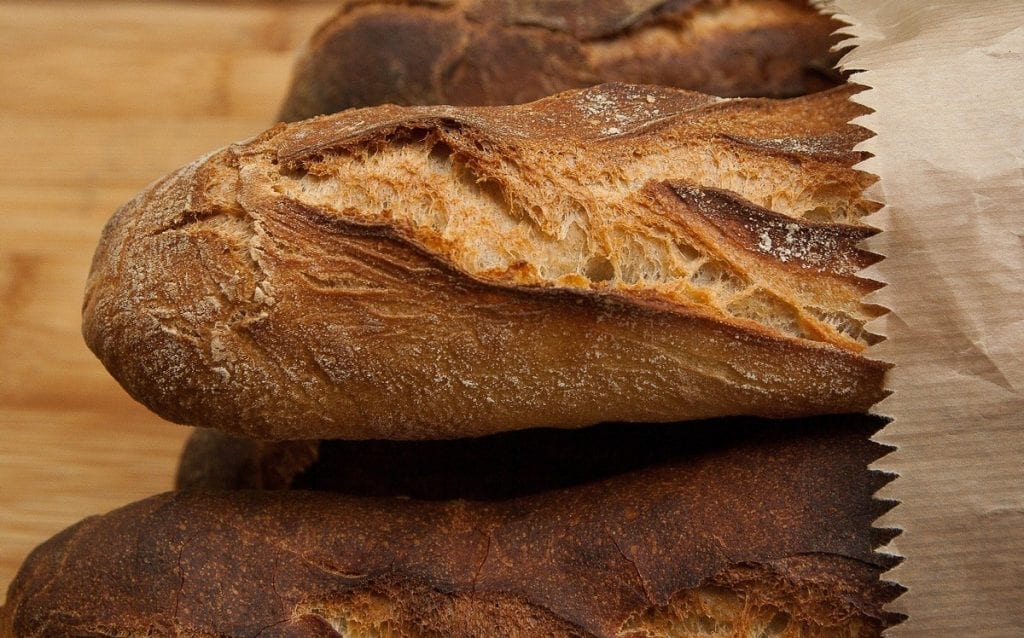
Typical boulangerie products
Besides the morning yeast-leavened products, the boulangeries also offer plenty of good bread, starting with the classic baguettes, but also seeded and sourdough loaves. And then there are lots of confections: macarons, éclairs, oblong choux pastries filled with mouth-watering creams, and lots of tartlets such as strawberry tart, tarte aux framboises, or the famous tarte au citron, a lemon cream tart covered with Italian meringue. Also worth a try are the pain au lait, soft milk bread rolls with a simple and genuine flavour, sometimes enriched with chocolate chips, and the Paris-brest, a dessert created by confectioner Louis Durand in 1891 to commemorate the Paris-Brest-Paris cycling race: an almond-studded choux pastry filled with cream and butter.
by Michela Becchi

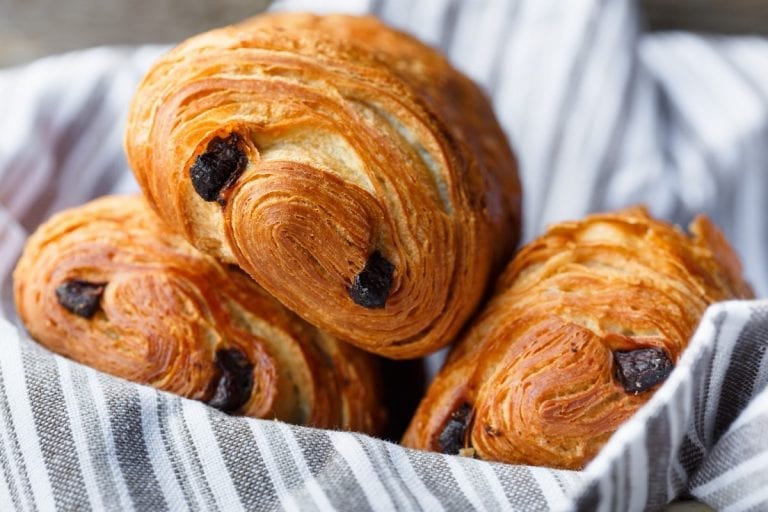
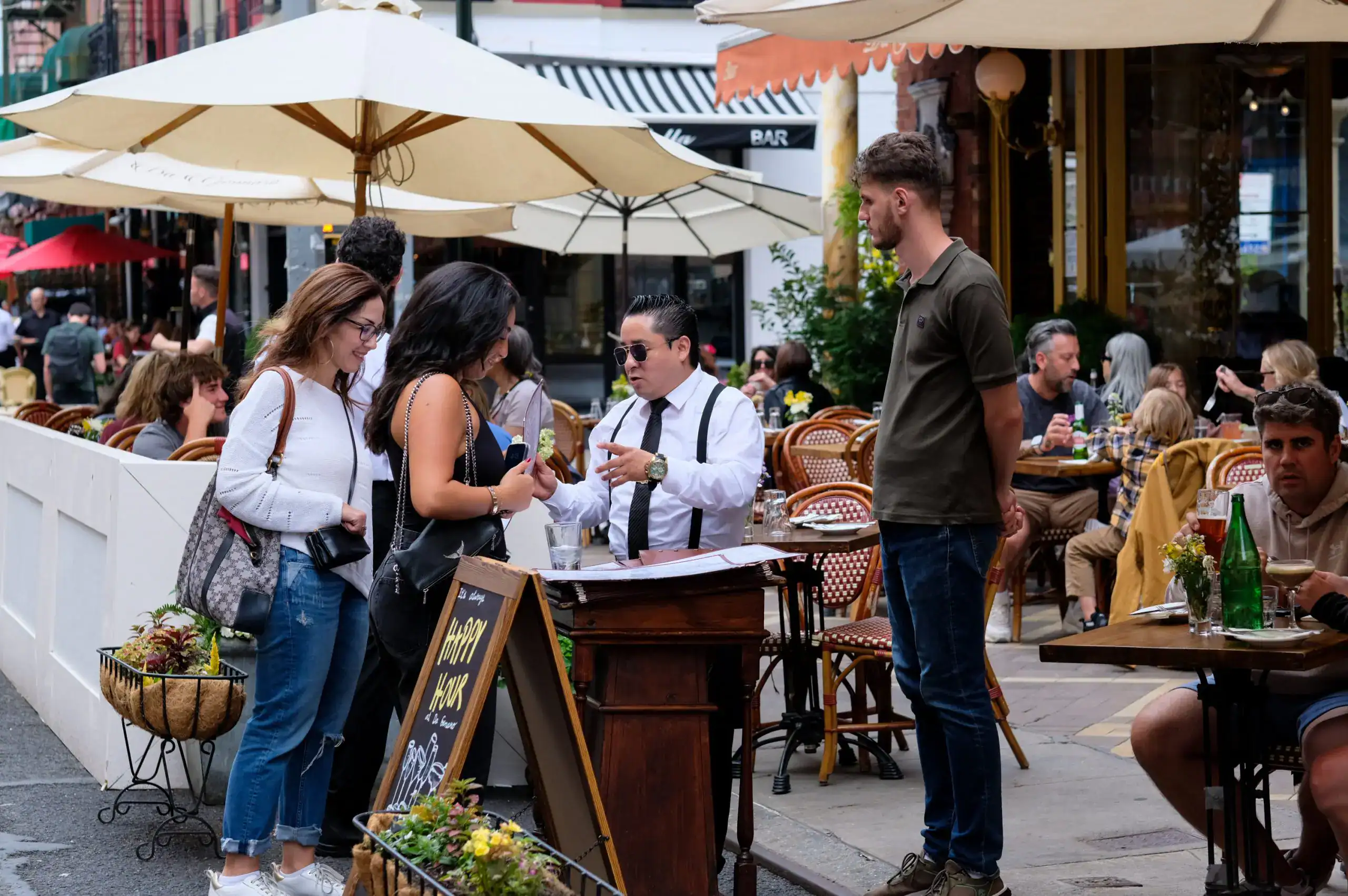 Little Italy in New York is Italian in name only. The disastrous effects of mass tourism
Little Italy in New York is Italian in name only. The disastrous effects of mass tourism "Trump is bullying Europe. With US tariffs at 30%, the consequences will be similar to the methanol crisis." Marco Caprai’s warning
"Trump is bullying Europe. With US tariffs at 30%, the consequences will be similar to the methanol crisis." Marco Caprai’s warning "Trump's tariffs? It's no longer time to be diplomatic. Europe must respond firmly." Matteo Lunelli speaks
"Trump's tariffs? It's no longer time to be diplomatic. Europe must respond firmly." Matteo Lunelli speaks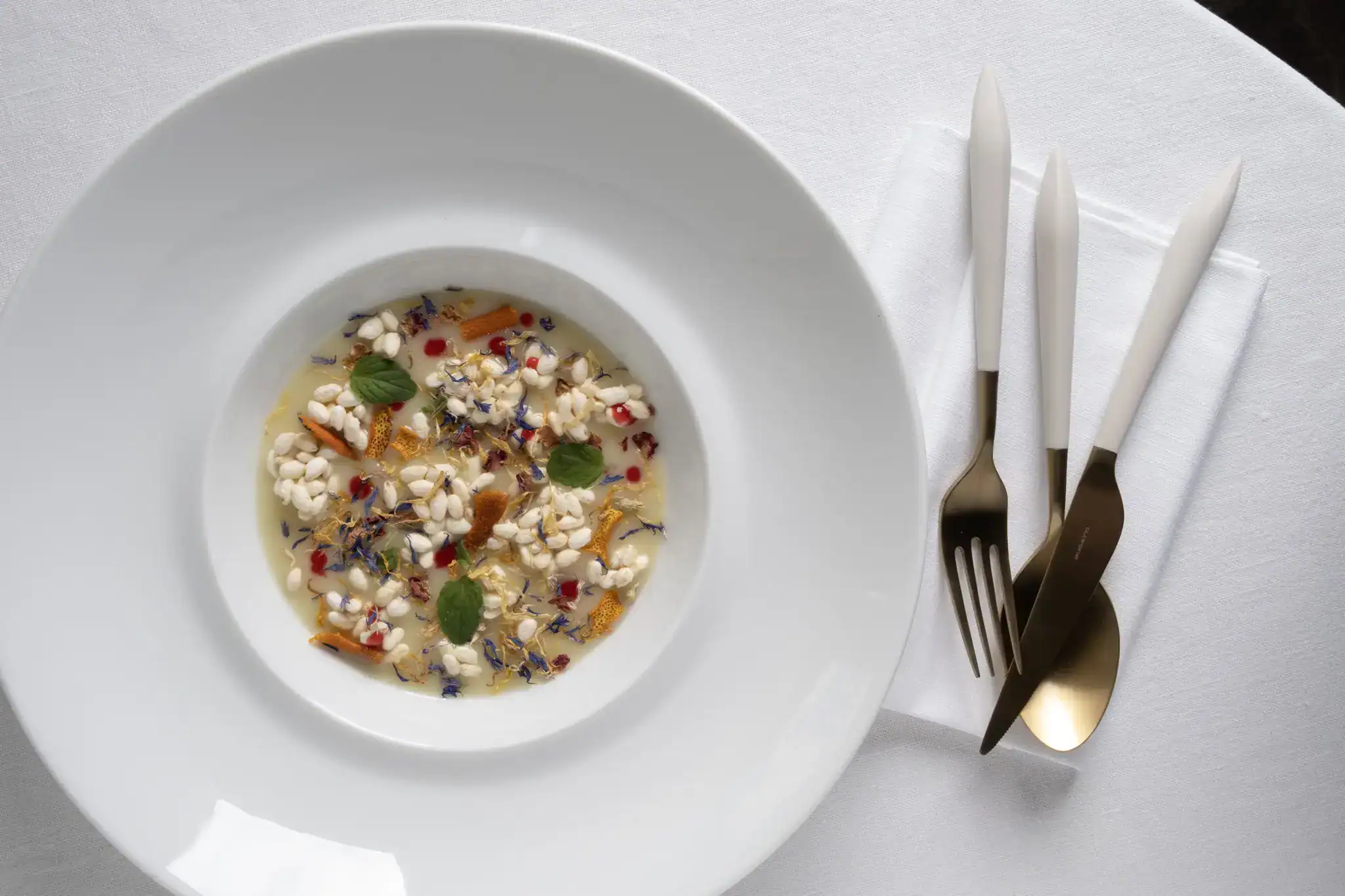 The Michelin star king of Liguria opens a new restaurant: here is Luv by Mauro Ricciardi
The Michelin star king of Liguria opens a new restaurant: here is Luv by Mauro Ricciardi